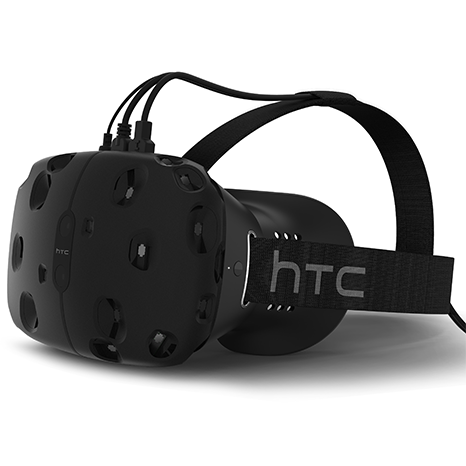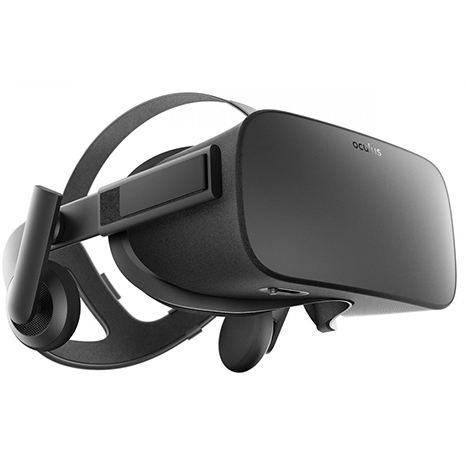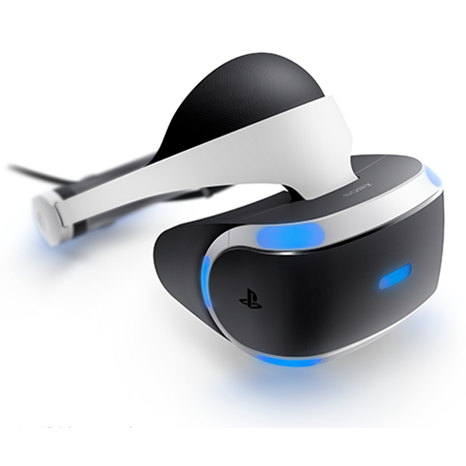Oculus Rift Vs. HTC Vive Vs. PlayStation VR
The Oculus Rift and HTC's Vive are now available and later this year, Sony's Playstation VR is coming out. This guide offers a comparison between the three and will help you device which VR system is right for you.
Introduction
Why you can trust Tom's Hardware
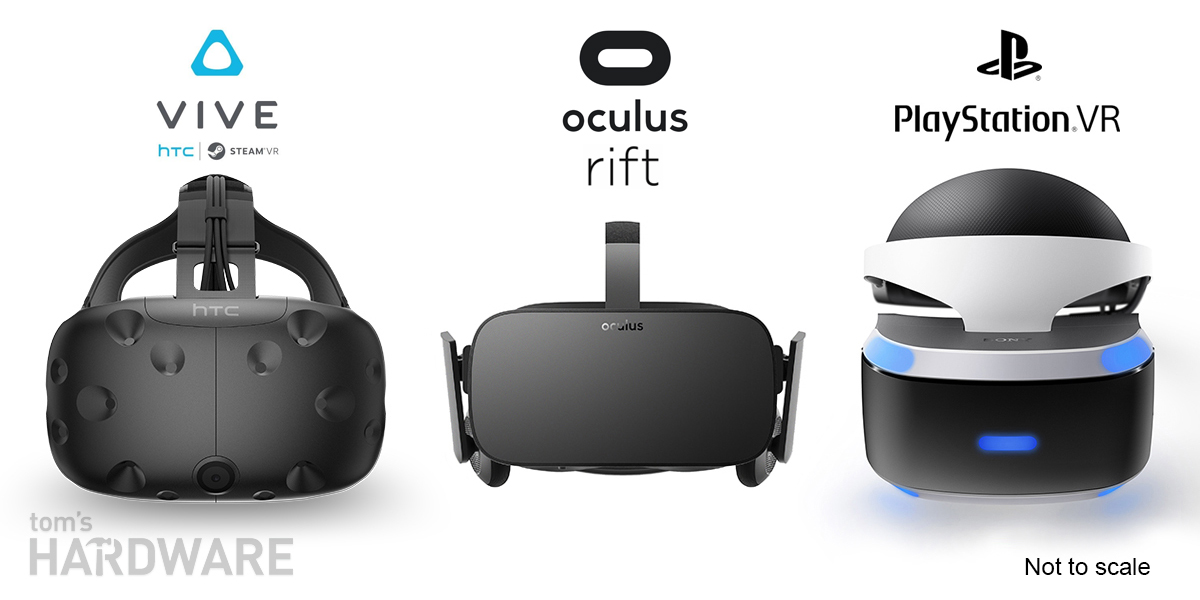
The era of desktop VR is upon us. The Rift CV1, the first consumer version of Oculus' headset, started arriving for (some) customers who pre-ordered it, and the first consumer HTC Vive units have also shipped. Along with those two PC-based systems, PlayStation VR looms, providing a VR experience similar to that of the Rift and Vive, but powered by a PlayStation 4. Sony recently announced that PlayStation VR will be available in October. By the end of the year, then, there will be three first-class virtual reality offerings to choose from, making 2016 truly the first “year of VR.”
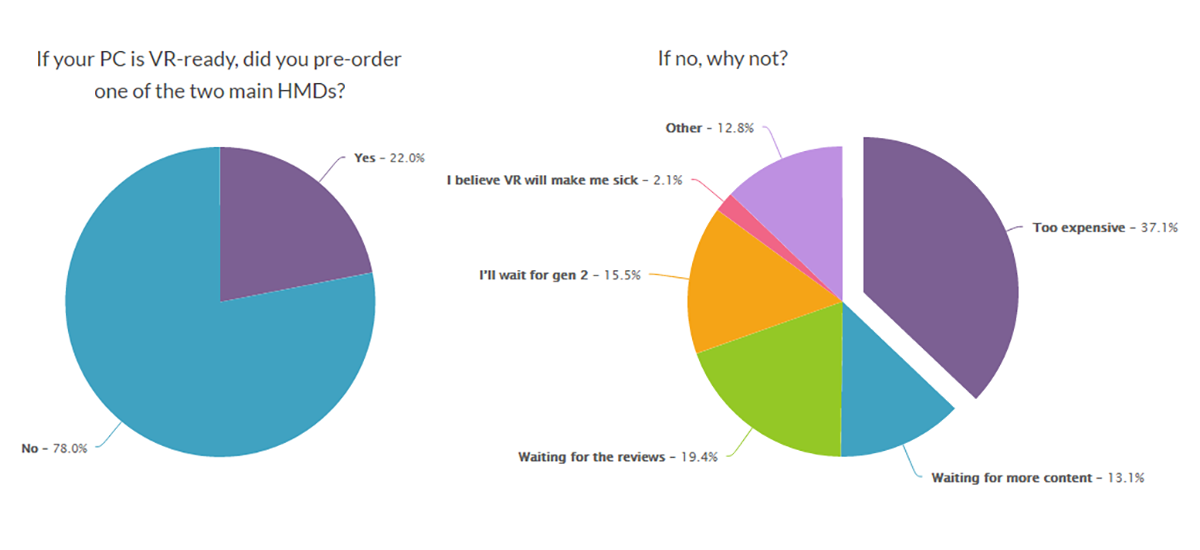
However, as the results of our VR Readiness Survey show, many of you have not yet committed to investing in VR. The survey points to many reasons, from uncertainty about VR in general to not having a VR-ready PC and hefty price tags on the HMDs themselves. Despite that, we’d like to think once you've had the chance to experience high-end VR, you'll change your mind. Then you'll have to decide which system to pursue. We’ve put together this handy guide, detailing and analyzing the specifications and features, to help you decide. We aren’t going to tell you which system is the best in this article. For that, you have to read our full reviews of the Oculus Rift and HTC Vive. Obviously we won't have a verdict on the PlayStation VR until this coming fall.
Before we dive into the details of these competing high-end virtual reality solutions, we want to position them properly so you understand why they are considered the pinnacle of VR now. To begin, we need to talk about presence, the term used to describe the feeling you get when the virtual experience truly feels like you have been transported somewhere else, which, after all, is the goal.
Oculus’ Chief Scientist Michael Abrash (who was formerly with Valve) described in his 2014 Steam Dev Days presentation that “presence is distinct from immersion, which merely means that you feel surrounded by the image of the virtual world; presence means that you feel like you’re in the virtual world.” Its importance is that (and this is why VR is such transformative technology) “it is one of the most powerful experiences you can have outside reality,” and “for many people, presence is simply magic.”
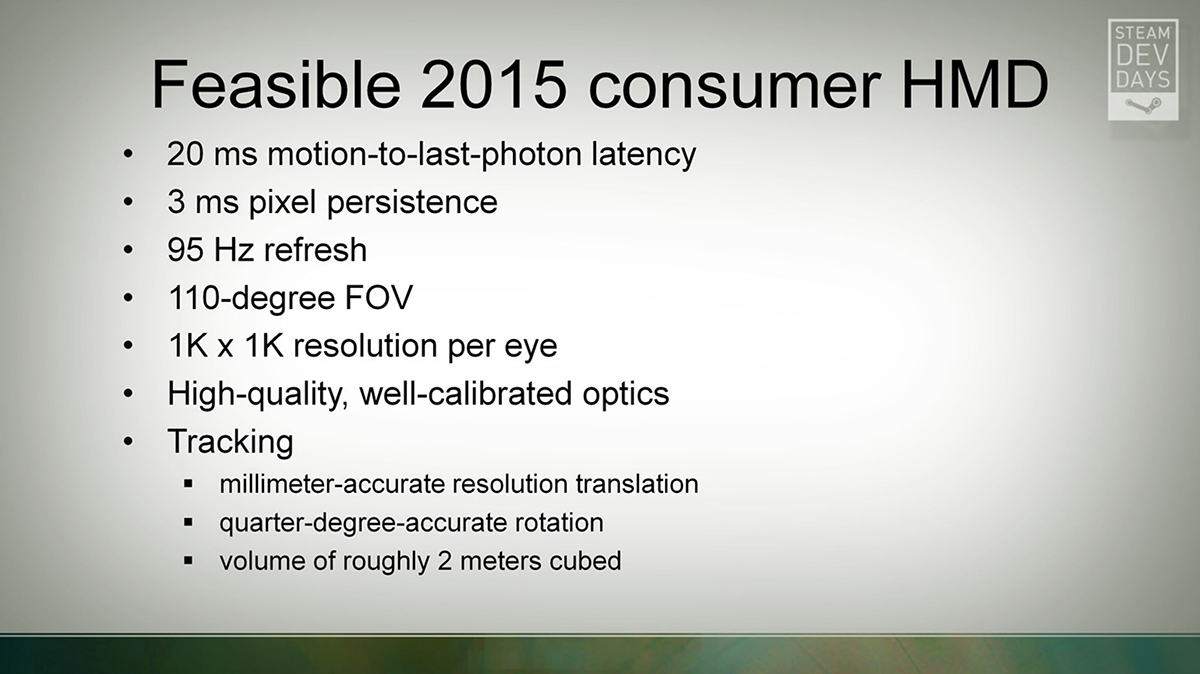
The sense of presence gets stronger the more advanced the VR hardware gets. When you experience mobile VR solutions like Google Cardboard or Samsung’s Gear VR, although they provide some compelling and immersive experiences, it's rare to feel a sense of presence when using them. Abrash outlined the minimum VR hardware specifications to achieve presence, including a wide field of view, adequate resolution, high display refresh rate and accurate six degrees of freedom (6DoF) tracking. He then concluded with the slide above, listing what he thought would be technologically feasible by 2015 for a VR head-mounted display (HMD) that “would support a powerful sense of presence.”
Do the three high-end VR solutions available or coming soon meet or exceed Abrash’s requirements in 2016? Yes, the HTC Vive, Oculus Rift and PlayStation VR all do, and they should enable a powerful sense of presence. This is what separates those products from the Cardboards and Gear VRs of the world, and why they are significantly more expensive. Mobile VR solutions don’t support 6DoF tracking, and they don't have high refresh rate displays, among the various gaps that prevent them from achieving presence.
Although each of the three high-end systems exceed Abrash’s requirements for presence, there are some differences and misconceptions. The biggest one involves the virtual play space (seated, standing and room scale) each one supports. The short answer is that Oculus' Rift doesn't provide full room-scale VR yet, although add-on Touch controllers promise to enable it when they ship later this year.
MORE: The History of Virtual Reality
MORE: The Key To Virtual Reality Immersion Is The Audio
MORE: The Past, Present, And Future Of VR And AR: The Pioneers Speak
MORE: All Virtual Reality Content
MORE: Virtual Reality In The Forums
Get Tom's Hardware's best news and in-depth reviews, straight to your inbox.
-
nitrium Apparently the PSVR has already been hacked to work on PCs (and Sony is considering official PC support after launch) - I wonder if it might be the best headset to get IF you have a PC, given that from this article at least the number one issue with PSVR is the PS4 it's being attached to.Reply -
problematiq I feel the PSVR got a bit over hyped in this article, in all fairness though it's not released yet so not a lot to go on. As an owner of the HTC Vive I can say "Yes your face will get warm/sweaty if you are in a warm room". I keep a fan blowing tword the center of the room to fix that problem, plus it makes me feel like I'm feeling the wind in VR. o.o All in all was the best purchase I've made in sometime. My wife who does not really like to play games enjoys it A LOT. It is also just a really hard experience to describe other than "Awesome". I don't know how I would feel without the full room scale and motion controllers, I think it would feel novel like playing games in 3D, sure it's cool but not practical and after a while your glasses sit there gathering dust. The ability to reach over and more or less grab and object, play around with it and even toss it, I'm just not sure how I could take off the HMD and put on the Rift and have an experience as good as that of the Vive. All of the HMD's are heading twords the same goal in the end though and it's evident.Reply -
Jeff Fx >and they don't have low refresh rate displaysReply
I think you wrote "low" when you meant "high." -
Zapin So comparing one currently non-existant HMD to two others (one of which is still an incomplete experience) that run on a totally separate platform? Makes sense to me.Reply -
picture_perfect Wait for Polaris / Pascal cards later this month which will be 2X faster in VR apps. Well that is the Nvidia claim. Other VR specifics mentioned like (ray trace audio, specialized projection ect.). These are the first "VR cards".Reply -
Sven Viking The C:-drive-only issue was fixed a while ago, by the way, though (for now at least) you still need to choose one drive and stick to it rather than being able to split games between drives.Reply
For international pricing, don't forget to take high shipping costs and (for Vive to AU/NZ at least) customs fees into account. -
problematiq Reply17976471 said:Wait for Polaris / Pascal cards later this month which will be 2X faster in VR apps. Well that is the Nvidia claim. Other VR specifics mentioned like (ray trace audio, specialized projection ect.). These are the first "VR cards".
I run a 980 TI with the Vive and my load barely see's 30% I'm not sure what you are gaining for waiting on a "VR Card" -
Deric_ How can PSVR do roomscale with only a single camera?Reply
Your controllers will get occluded everytime your body is between them and the camera.
If you have to face a single direction to play, then it is not room scale. -
alex davies ReplyApparently the PSVR has already been hacked to work on PCs (and Sony is considering official PC support after launch) - I wonder if it might be the best headset to get IF you have a PC, given that from this article at least the number one issue with PSVR is the PS4 it's being attached to.
A PC-compatible PSVR would only be the best VR headset from a price perspective. Yes, having a PC power it would improve the fidelity of the in-game graphics, but despite being the most ergonomic, it's still a step below both the Rift and Vive technically. Well, Rift + Touch, because as the moment the lack of tracked controllers handicaps the Rift. -
alex davies Reply>and they don't have low refresh rate displays
I think you wrote "low" when you meant "high."
Fixed, thanks!
